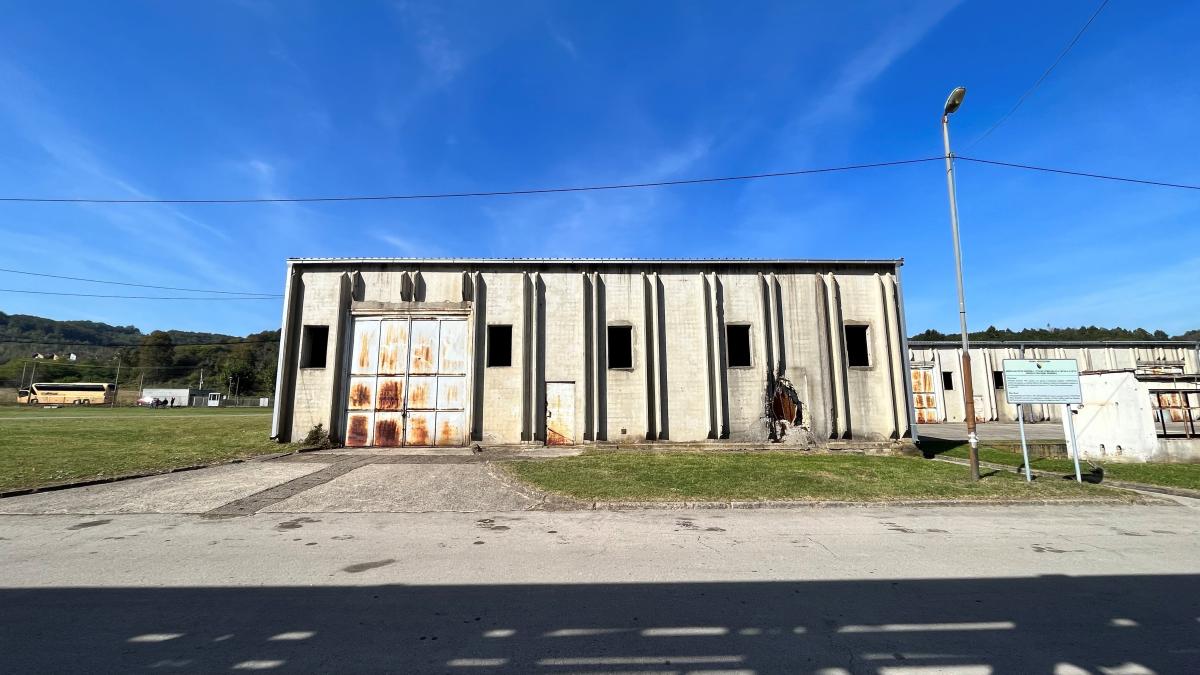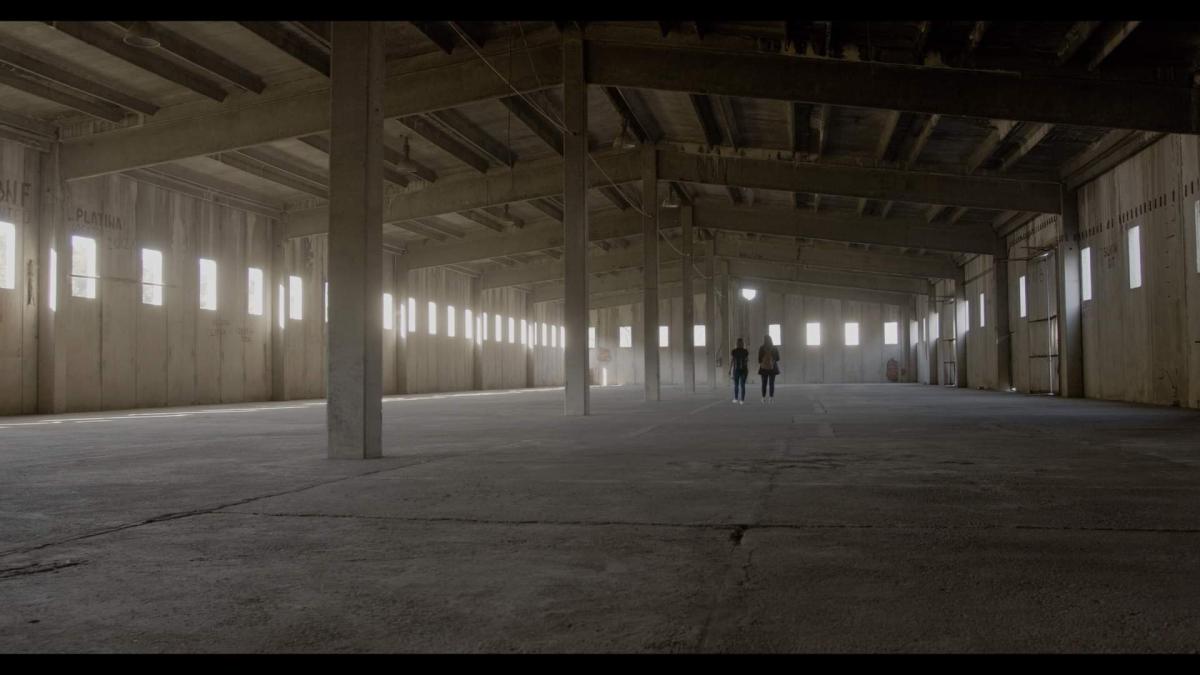Unidentifiable Remains of Victims of Genocide to be Laid to Rest in Srebrenica
Some of the remains of people killed in the July 1995 genocide in Srebrenica, Bosnia and Herzegovina have not been identified and remain in storage. A new repository has been built at the Srebrenica Memorial Centre to finally give them a dignified resting place.
Almasa Salihović has buried the remains of her brother Abdulah, who was killed in July 1995 in Srebrenica, twice. But his body isn't complete yet, and she is aware that it may never be. It is the same with other family members she lost in the Srebrenica genocide.
She shares the fate of thousands of Srebrenica residents who still have not found all the remains of their loved ones. A hundred kilometers from Srebrenica, thousands of white bags and boxes with the remains of genocide victims who have not been identified are lying in the premises of the Podrinja Identification Project (PIP) in Tuzla.

Almasa Salihovic
BIRN
They will soon return to the Memorial Center in Potočari, thanks to the support of the U.S. Agency for International Development (USAID). In mid-October of 2023, a contract was signed to build a depot in the Srebrenica Memorial Center - a facility where all personal items, clothing and biological remains of the victims will be stored in an adequate, dignified and permanent manner.
Almasa is comforted by the hope that, at least in this way, the unidentified remains of her brother and other family members will find their final resting place in Srebrenica.
"It would mean a lot to me if those missing pieces find their way here. I think there is no better place for them to be. When their remains are returned here, it is the same as if they had returned to the cemeteries of the Srebrenica Memorial Center," she says.
They will soon return to the Memorial Center in Potočari, thanks to the support of the U.S. Agency for International Development (USAID). In mid-October of 2023, a contract was signed to build a depot in the Srebrenica Memorial Center - a facility where all personal items, clothing and biological remains of the victims will be stored in an adequate, dignified and permanent manner.
Almasa is comforted by the hope that, at least in this way, the unidentified remains of her brother and other family members will find their final resting place in Srebrenica.
"It would mean a lot to me if those missing pieces find their way here. I think there is no better place for them to be. When their remains are returned here, it is the same as if they had returned to the cemeteries of the Srebrenica Memorial Center," she says.

BIRN

The depot in Srebrenica was built in May 2024 in a large concrete hall within the complex of the former battery factory in Potočari. The funds for its construction were joined by the Srebrenica Memorial Center and USAID, through the PRO-Future peacebuilding project implemented by Catholic Relief Services (CRS).
It is a 335-square-meter facility that was designed according to modern standards and built with quality and durable materials, with a special emphasis on heating, ventilation, lighting and fire protection installation systems. USAID paid full attention to every detail respecting the fact that inadequate humidity, temperature or room lighting can destroy forever the last traces of someone's existence.
In addition to the permanent storage of the remains, one of the goals of the depot is to contribute to memorialization and the process of dealing with the past. As an employee of the Srebrenica Memorial Center, Almasa is proud that to contribute to the mission that no genocide victim is forgotten.
"That's how we see this depot, through those personal items and remains, which will help the visitor to connect with the victims, to try to imagine a life behind each of those bones," said Almasa. "We must tell the story of all of us who survived, and, above all, the story of those who did not survive."
About This Story
This article is the result of cooperation between USAID’s PRO-Future reconciliation project, implemented by Catholic Relief Services, and BIRN Bosnia and Herzegovina. It was written by Merima Hrnjica, Communication Officer for Catholic Relief Services, Bosnia and Herzegovina. A version of this article was originally published in BIRN on November 14, 2023.
For more information about PRO-Future, please visit: https://www.usaid.gov/bosnia-and-herzegovina/fact-sheets/fact-sheet-pro-future-ii-trust-understanding-and-responsibility-future

